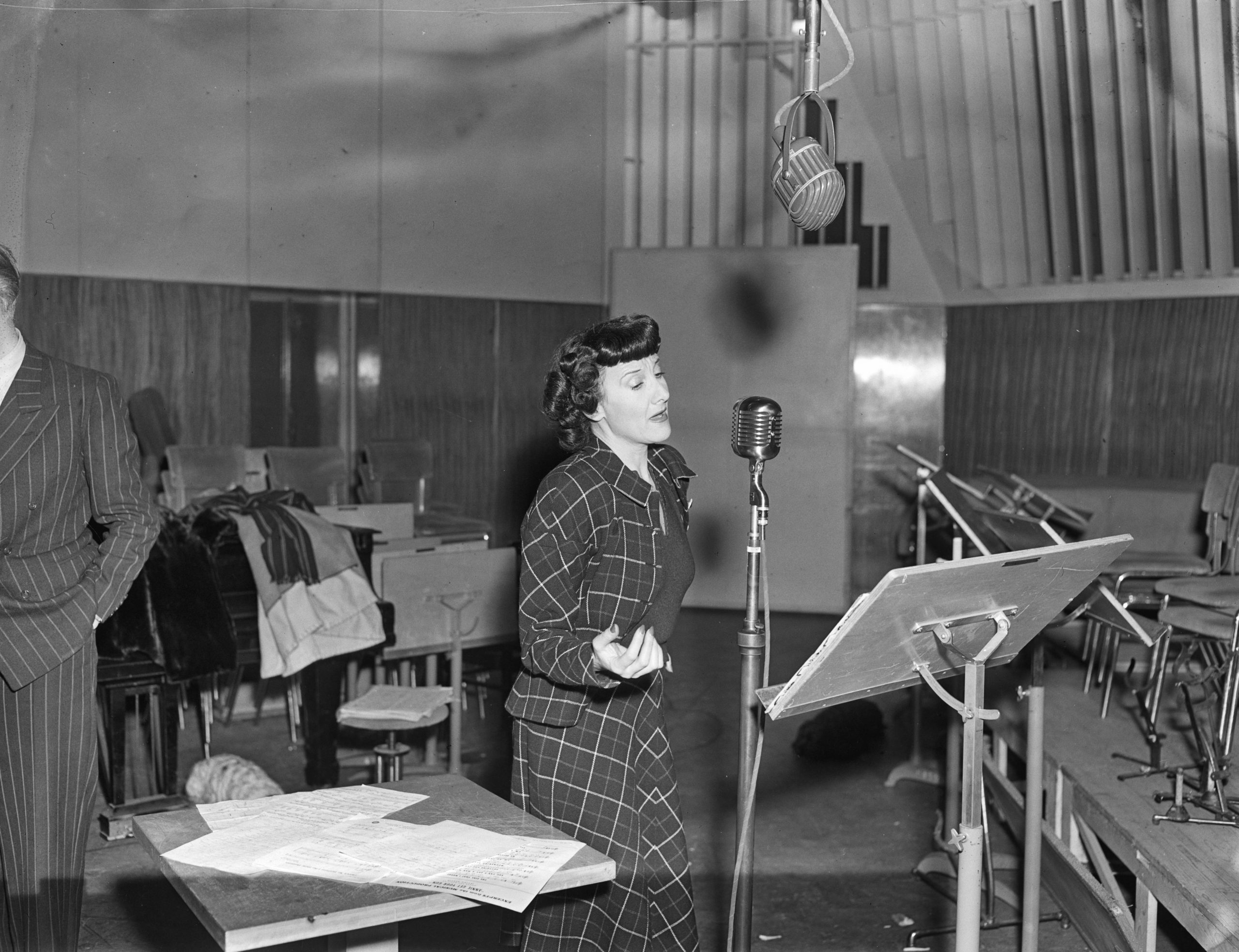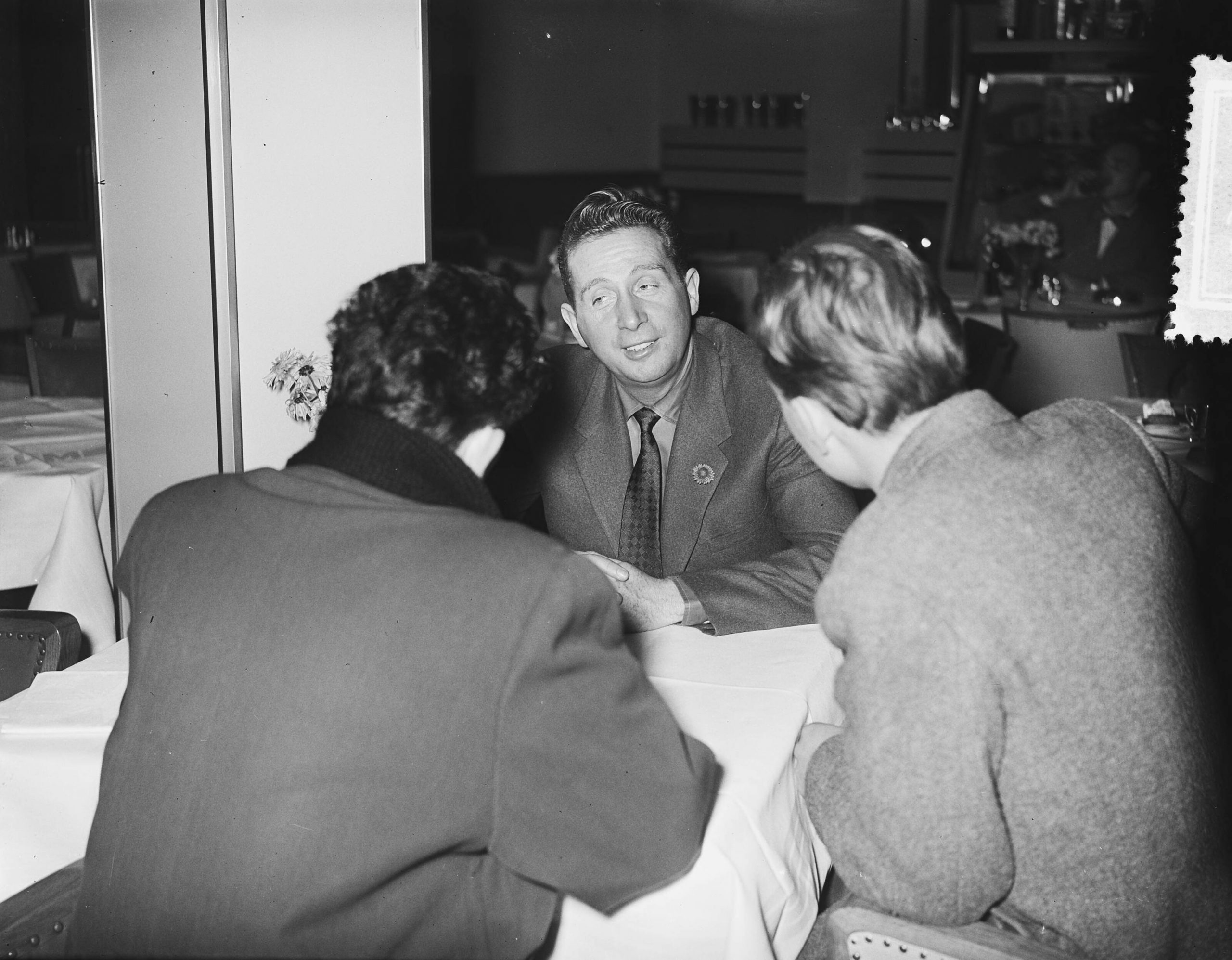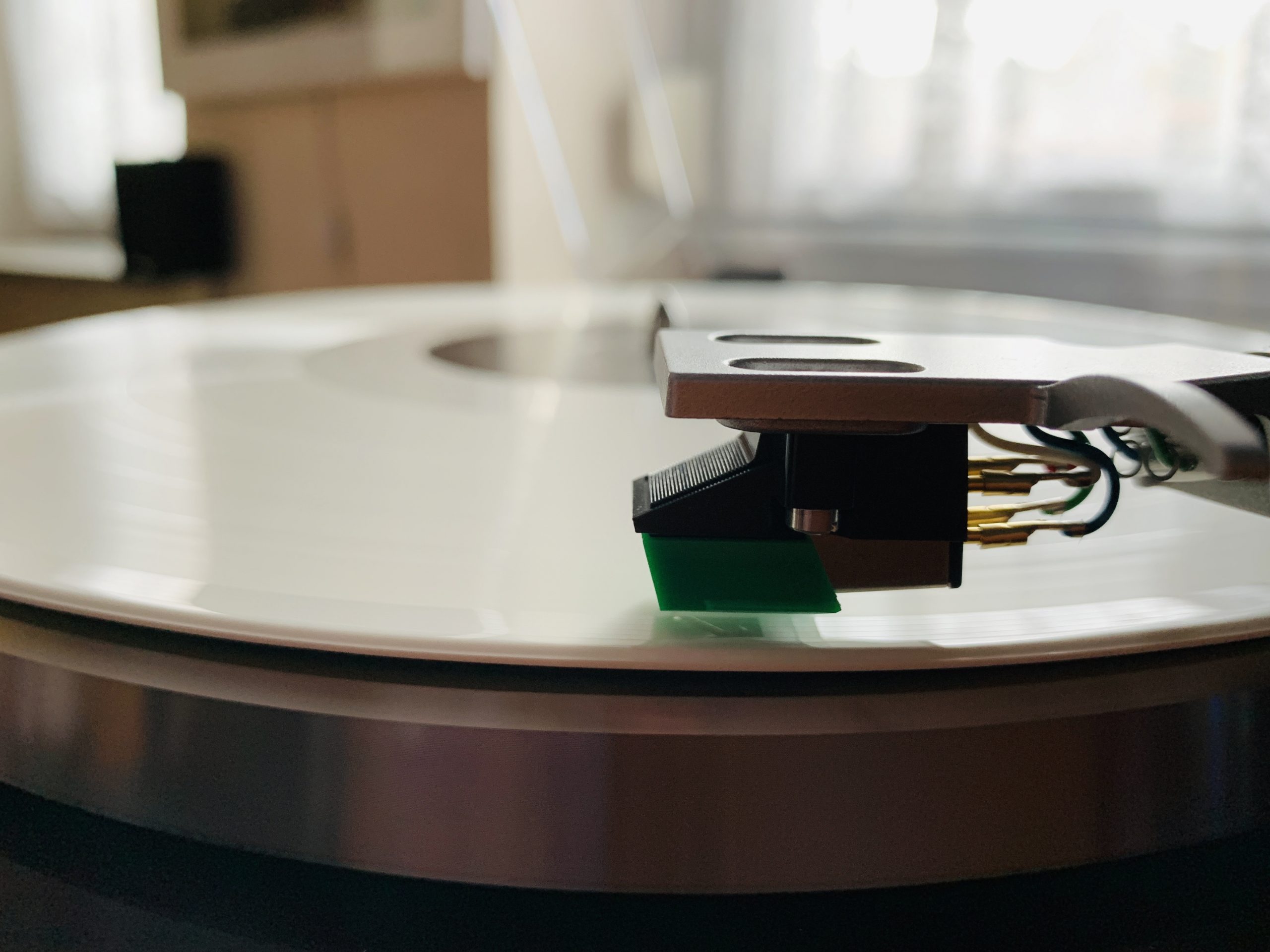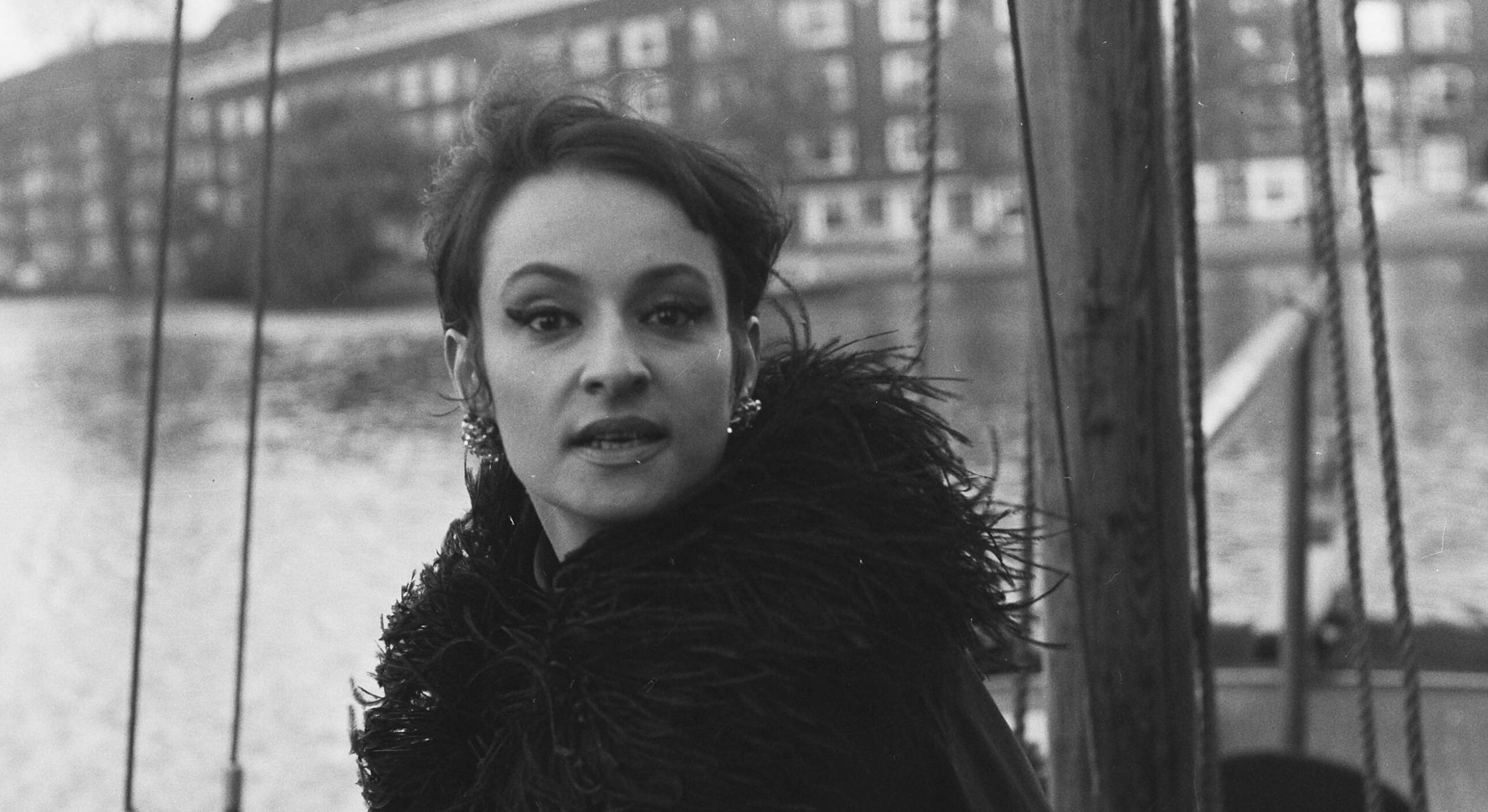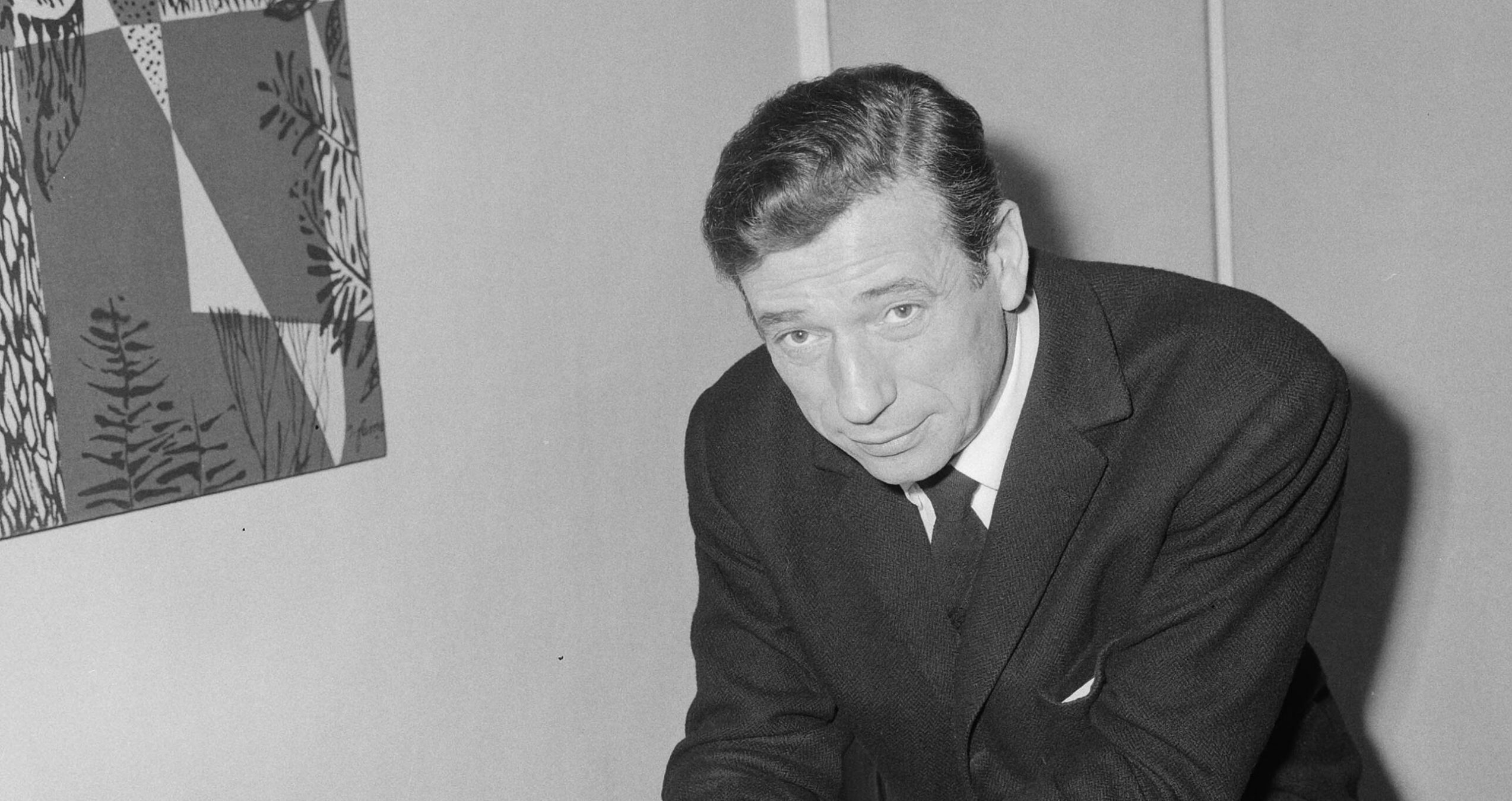On that October evening in 1949 when the world boxing champion Marcel Cerdan, Edith Piaf’s lover, was killed, Piaf was due to perform at the Versailles nightclub in New York. Marlene Dietrich, a close friend of Piaf, was with Piaf that October evening and expected her to cancel her performance. Despite her deep grief, she did just the opposite: Piaf decided to perform. Marlene Dietrich at least wanted Piaf to omit the chanson Hymne à l’amour that evening: The passage “Si tu meurs, je mourrai aussi” (in English: “If you die, I die too”) seemed inappropriate in the context of recent events.
But true to the motto “The Show Must Go On”, Piaf also sang Hymne à l’amour that evening.
Without skipping a single verse.
That October evening, according to Marlene Dietrich, Piaf gave one of the most impressive performances of her entire career: Like hardly any other chanson singer, Piaf knew how to process personal pain in her chansons. But although her emotional world played such a major role in her art, she subordinated her personal feelings – as on that October evening in New York in 1949 – to show business.
While her father was on tour with the circus, his daughter Edith was on tour with madness.
The circus and madness
Édith Giovanna Gassion came from a family of circus travellers and acrobats: Parts of her family came from the Arab world. Piaf was born in 1915 in poor circumstances in the artists’ quarter of Belleville in Paris: In her childhood and youth, there was hardly anyone who could give Piaf support. At the age of seven, her father, who worked in a travelling circus, took Piaf on tour for the first time. While her father was on tour with the circus, his daughter Edith was on tour with madness: later she emphasised again and again that she had never had anything like a childhood or youth.
Until she was twenty, Edith Piaf led a life typical of someone of her background at the time: she was constantly on the road, following in the footsteps of her family, almost all of whom worked in the circus, trying to make ends meet, but barely succeeding.
Louis Leplée
Edith Piaf’s life only changed when she met the Parisian nightclub owner Louis Leplée in 1935: Piaf later emphasised again and again that she owed her fame solely to Leplée. Louis Leplée hired the young Edith Piaf for the nightclub Le Gerny, located near the Champs-Élysées. This was a real promotion for the young singer: from then on, she no longer performed in the disreputable milieu of Belleville, but in the centre of Paris, where quite often influential personalities from art and culture frequented.
During her time at Le Gerny, Piaf was nicknamed Môme Piaf. Louis Leplée came up with this nickname when he was desperately looking for a stage name for his latest discovery. Soon the young singer no longer called herself Môme Piaf, but Edith Piaf – with this, Leplée not only laid the foundation for Piaf’s career, he also created the name under which the chansonnière became world-famous.
Her habit of appearing on stage in a black robe also dates from her time at Le Gerny.
First scandal
One evening, the actor and chanson singer Maurice Chevalier, who already had a reputation in the Parisian cultural world at the time, was sitting in the audience. Chevalier was impressed by Piaf’s stage presence and supported her in her ambition to become a famous chanson singer one day.
In October 1935, Edith Piaf stood in a recording studio for the first time in her life: Piaf’s first vinyl record Le Mômes de la cloche was released on 18 December 1935. Her relationship with her impresario Louis Leplée did not last long: in April 1936, her impresario was murdered in his flat. The Leplée case became the first scandal in Piaf’s life; because of her connection with the nightclub owner, she became an object of investigation. It was the first time that Piaf’s name graced the headlines of the tabloids – and it was not to be the last.
Even those who are not interested in French chanson are usually familiar with La vie en rose.
Piaf chansons
Although Edith Piaf often was accompanied by an orchestra, her voice did not necessarily need it: especially those Piaf chansons that are not orchestrated on a grand scale reveal the true expression of her voice. It is not unusual for Piaf’s chansons to resemble a waltz that concludes with a dramatic finale.
Throughout her life, Piaf only created music to the extent that she interpreted chansons – she usually left the task of writing the lyrics and composing the music to others. In fact, she was a curator of music: she chose for herself what she could interpret best. To this day, Piaf is said to have known better than any other artist exactly which young writing talents could write a chanson to suit her.
One exception was the chanson La vie en rose, for which Piaf wrote the lyrics herself: La vie en rose is without question the icon par excellence among Piaf’s chansons and has been covered hundreds of times to this day. Even those who are not interested in French chanson are usually familiar with La vie en rose.
The mystery of Piaf
If one looks at the life of Piaf, numerous myths and mysteries arise: Beginning with her birth, the circumstances of which are not entirely clear, there are an almost infinite number of legends surrounding the singer’s private life. But if one looks at Piaf’s work, her private life seems almost insignificant compared to her artistic achievements. Despite her not particularly happy childhood and youth, Edith Piaf was not a sad person: Contemporaries remember her sonorous laughter.
When she lost her impresario with the death of Leplée, Piaf initially did not know what to do: who would now promote her career, who would give her the creative freedom she needed to realise her idea of singing chansons?
Main sources:
- Salié, Olaf: Chanson: Leidenschaft, Melancholie und Lebensfreude aus Frankreich [Chanson: Passion, Melancholy and Joie de Vivre from France], 2021 Prestel Publishing house
- Bensoussan, Albert: Edith Piaf, 2013 Éditions Gallimard
- Dietrich, Marlene: Ich bin Gott sei Dank Berlinerin [Marlene], 1987 Ullstein Publishing house
Cover picture: Edith Piaf 1962 in Rotterdam
Image credit: Fotograaf Koch, Eric / Anefo, Nationaal Archief, CC0

 Deutsch
Deutsch Français
Français
